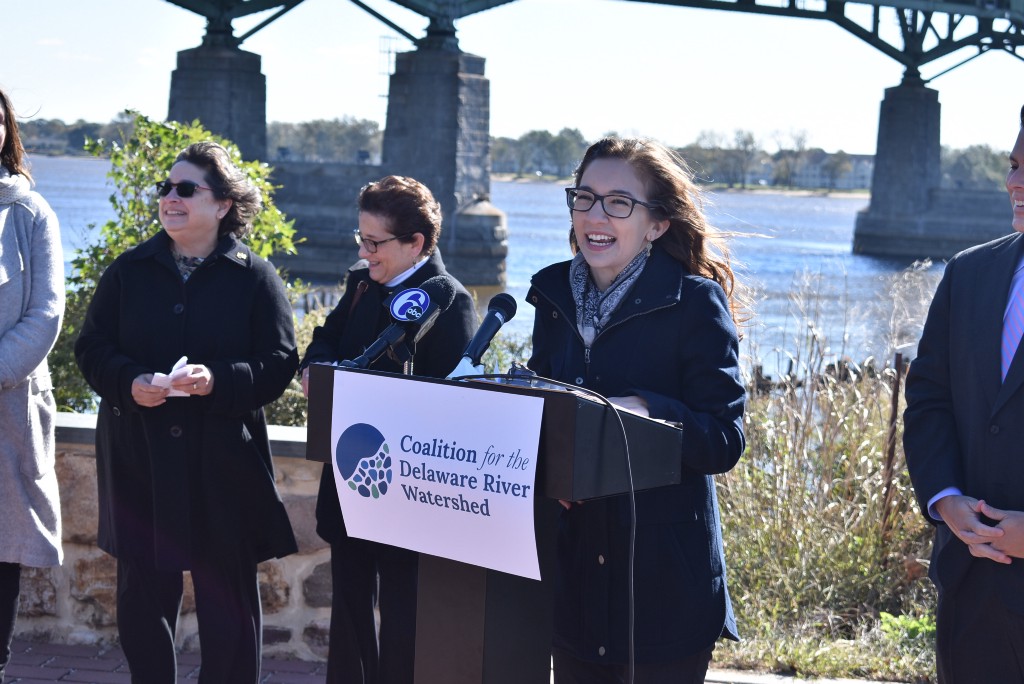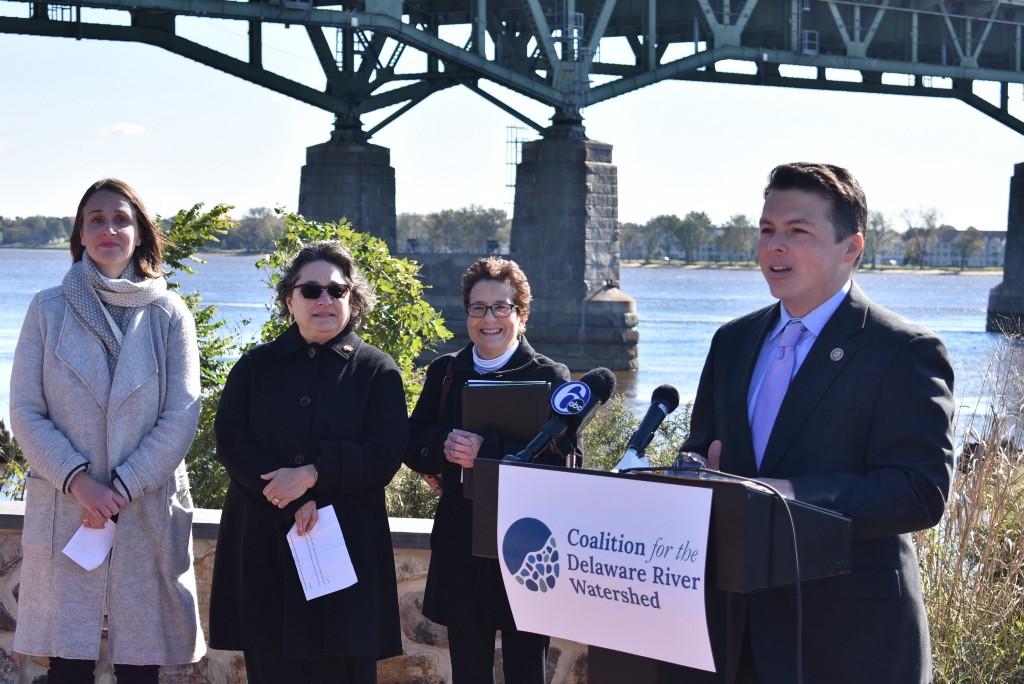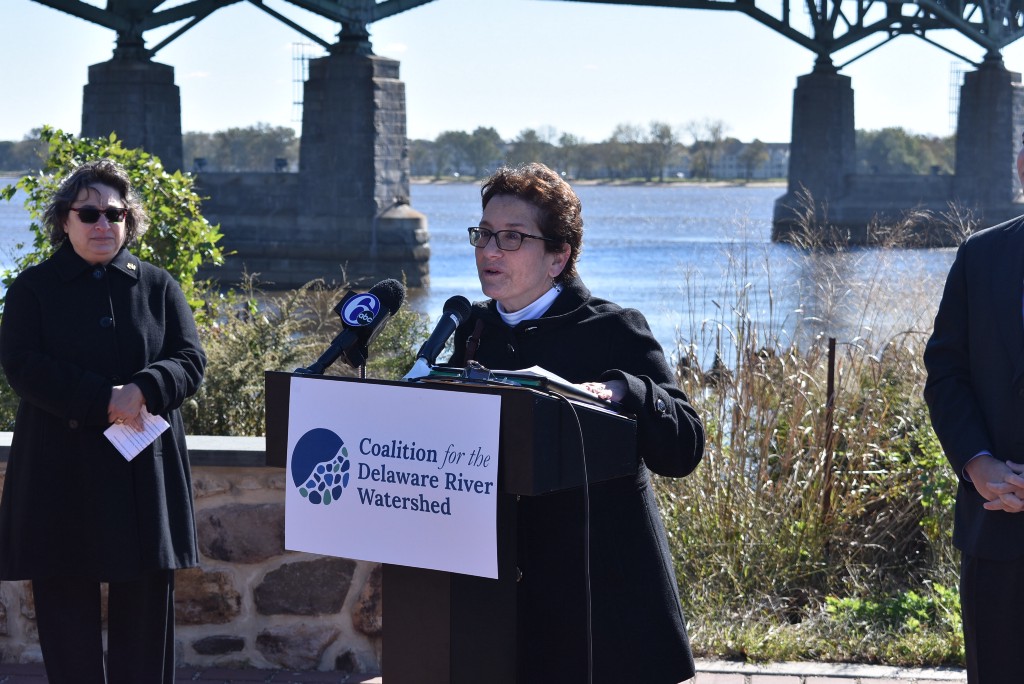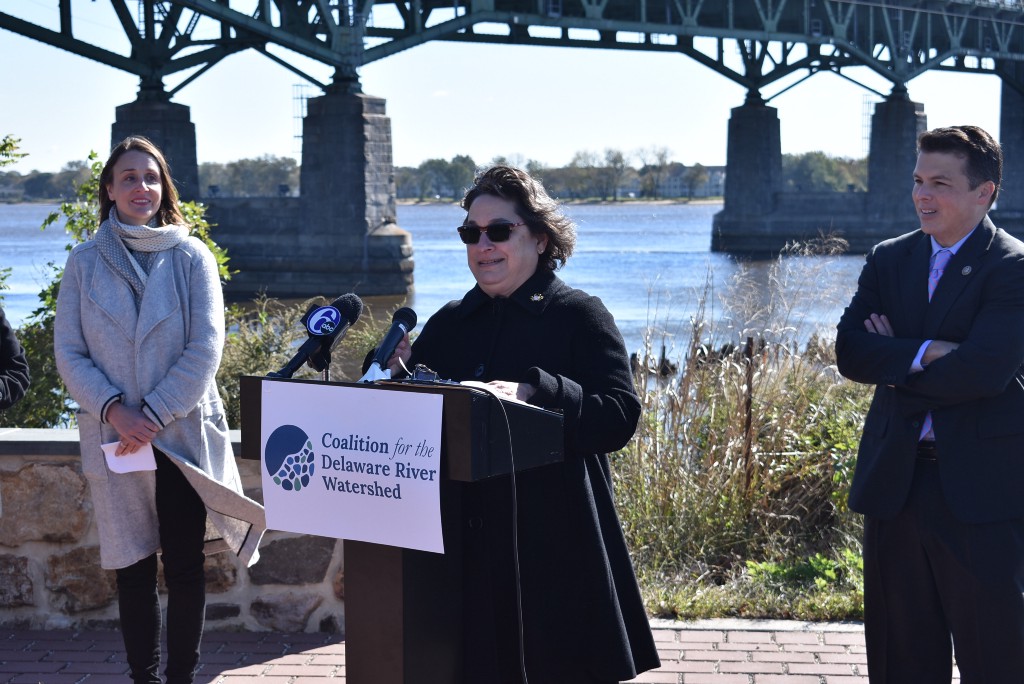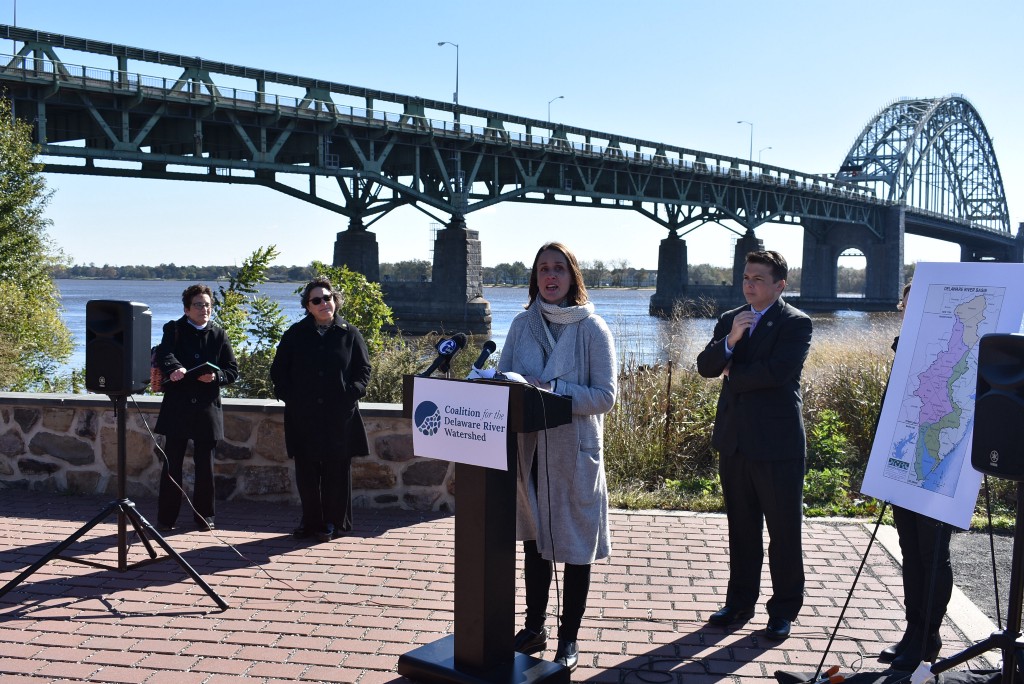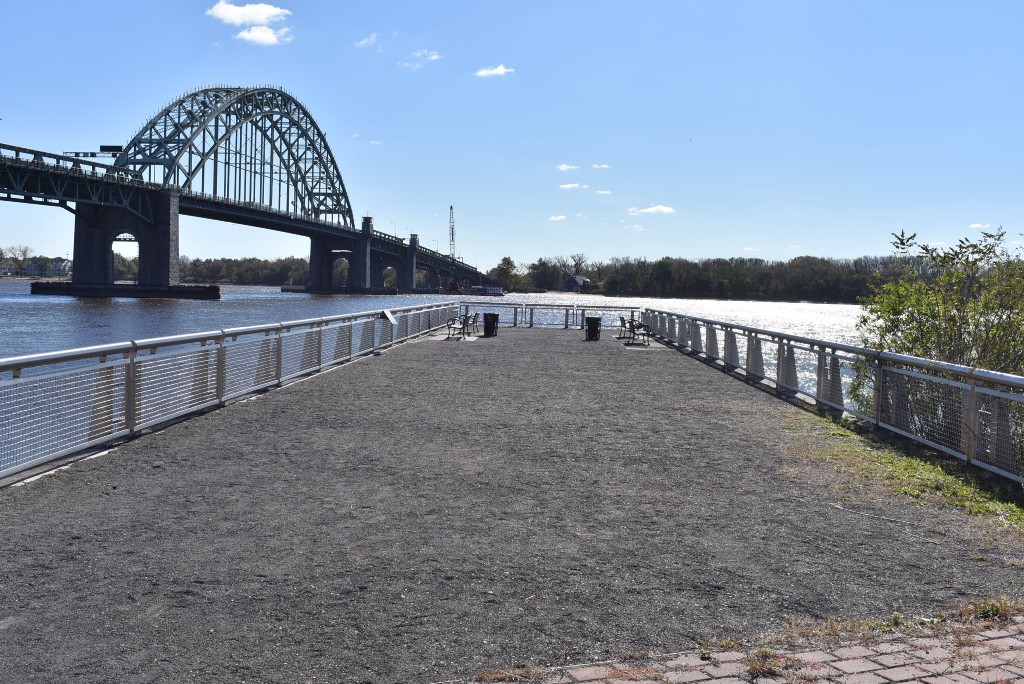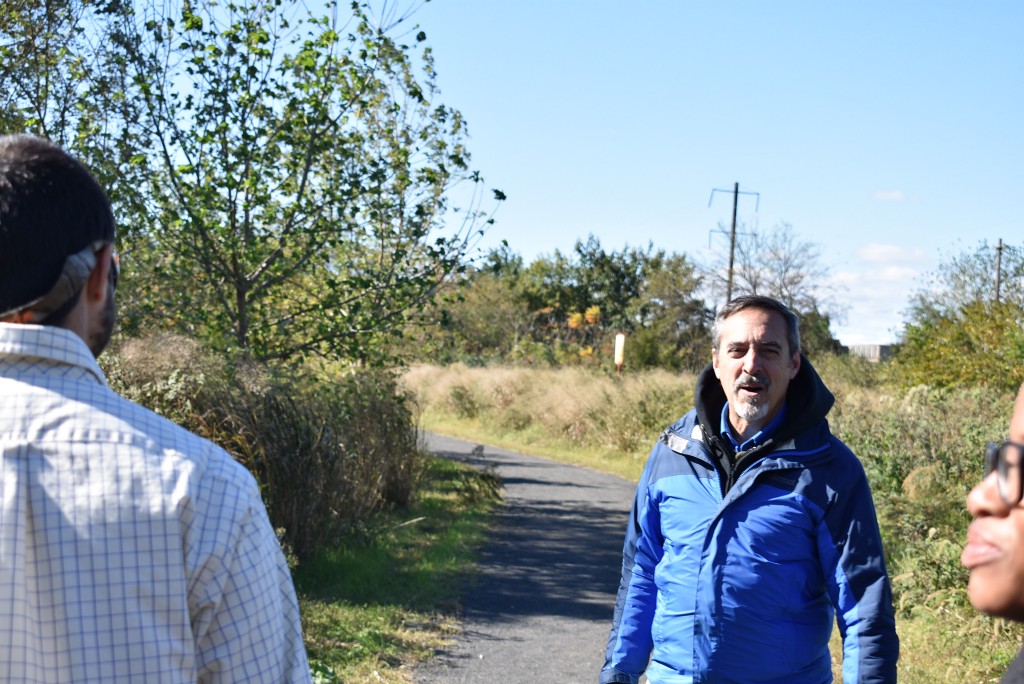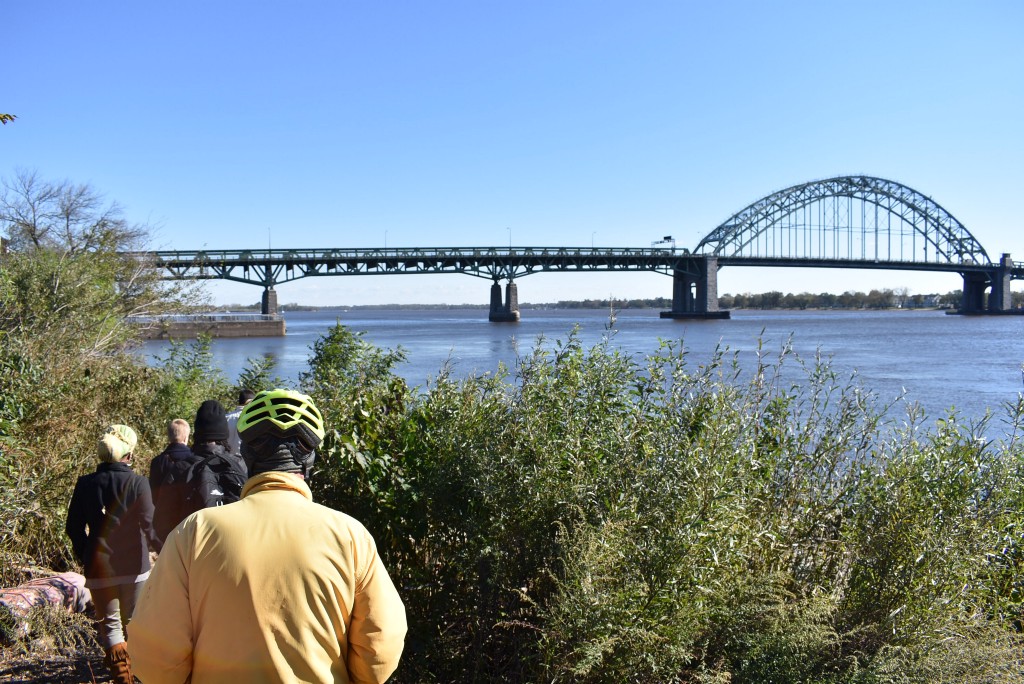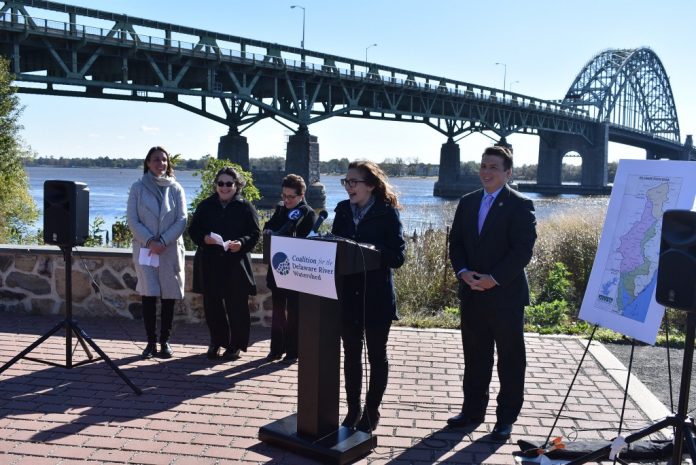Congressman Brendan Boyle and other speakers advocated for the Delaware River Basin Restoration Program to receive $6 million for fiscal year 2019.
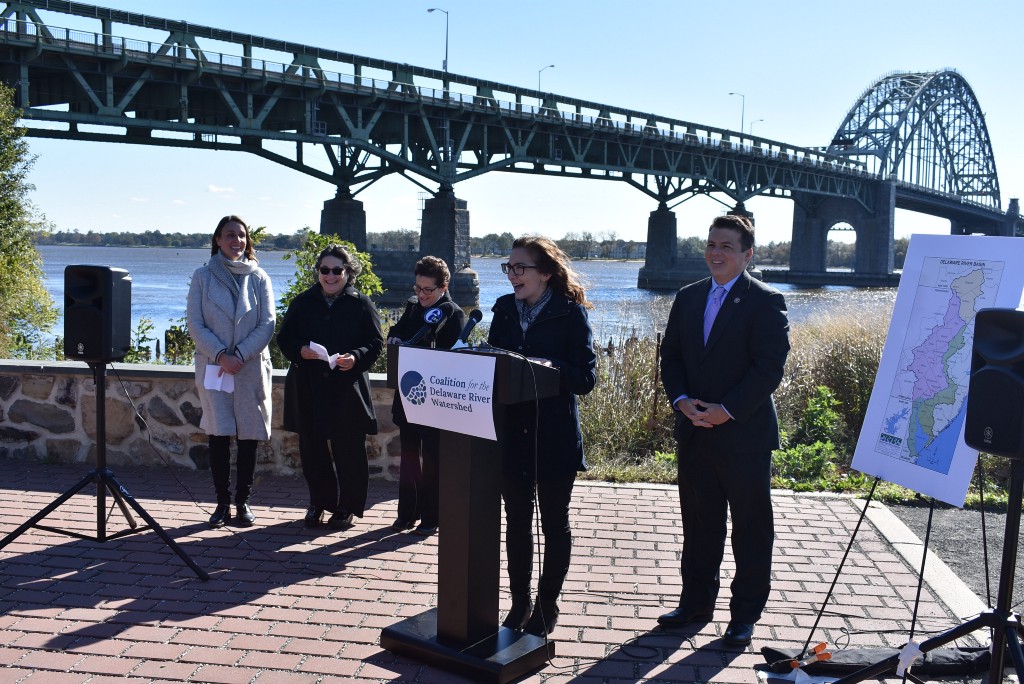
On a sunny day, Congressman Brendan Boyle, the Coalition for the Delaware River Watershed and other groups gathered to advocate for federal funding for Delaware River Basin states in 2019.
The groups encouraged Congress to increase funding to $6 million after the Delaware River Basin Restoration Program received $5 million for fiscal year 2018. Congress delayed voting on the fiscal year 2019 Department of Interior bill, which contains DRBRP funding, to Dec. 7.
“Future funding directly translates into a protected watershed and a healthier environment for Pennsylvanians,” said Sandra Meola, director of the Coalition for the Delaware River Watershed.
The Delaware River Basin, which spreads into Pennsylvania, New Jersey, Delaware and New York, supplies more than 15 million people with drinking water, including the city of Philadelphia.
Meola said the Delaware is threatened by overdevelopment, habitat loss, polluted runoff, flooding and stream erosion.
“There is far too much on the line,” she said.
The funding would go toward projects like conserving and restoring fish and wildlife habitats, improving and maintaining water quality, sustaining and enhancing water management and reducing flood damage and improving recreational opportunities and and public access.
Boyle pointed out the view of the river behind him at Lardner’s Point Park before speaking.
“This has been a real passion of mine since I was elected in 2014,” he said.
He said so much of the development of the city was a result of the river.
“Unfortunately, in the 20th century, especially in the early and middle part of the century, Americans started to get away from the rivers. It was treated as our dirty backdoor,” he said. “But in this last generation, I think we have rediscovered our waterways.”
Boyle helped pass the Delaware River Basin Conservation Act in 2016, which helped implement restoration projects across the basin. He said increased funding would help give a proper start to its mission.
“The amount of $6 million would protect the Delaware River Basin for generations to come,” he said.
The basin creates 130,364 jobs that earn $2.6 billion in wages in Pennsylvania.

Meola said the river is home to wildlife species like the bald eagle, the second-largest population of migratory shorebirds, 200 fish species, including the endangered Atlantic sturgeon, and the largest population of American horseshoe crabs in the country.
Other speakers included Julie Slavet, executive director of the Tookany/Tacony-Frankford Watershed Partnership, Susan Myerov, Watersheds Program Director for the Pennsylvania Environmental Council; and Stephanie Phillips, executive director of Riverfront North Partnership.
After the speakers were finished, Jim Fries of Riverfront North led attendees on a tour to highlight efforts in the living shoreline project. The project created new habitats for plants in response to an eroding shoreline.
Improvements at Lardner’s Point Park also include creating healthier habitats for birds that rely on the river. National Audubon’s science team designated the park as an Important Bird Area. ••
